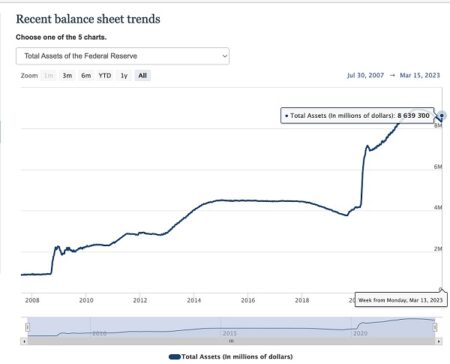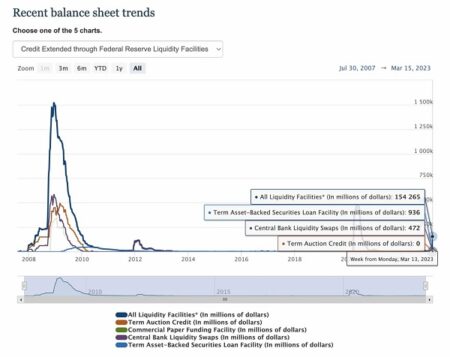NY Fed Reports “Successful” Months-Long Digital Dollar Test
The Federal Reserve Bank of New York’s Innovation Center has recently concluded a 12-week experiment in cahoots with banking behemoths such as Citigroup Inc. and Wells Fargo & Co. The study focused on regulated liability networks, with an aim to test the efficiency of digital dollars in the financial sector. Though the initial results showed some advantages in transaction speeds, critical questions regarding privacy and civil liberties remain glaringly unanswered and alarmingly relevant.
The study, as reported by Bloomberg, employed a permissioned private blockchain to simulate the issuance and settlement of digital currency, representing customer deposits. The very use of a private blockchain rings alarm bells, as it could allow the central bank, and potentially other financial entities, to have an unprecedented level of control and surveillance over individual transactions. This could be a perilous road leading towards an Orwellian financial system where citizens are stripped of financial privacy.
Per von Zelowitz, the director of the New York Innovation Center, seemed to gloss over these concerns in his statement emphasizing the functional benefits of central bank and commercial bank digital money operating together on a shared ledger. However, it raises the question – at what cost to individual privacy and freedom?
The experiment found that digital dollars could streamline dollar-denominated payments and expedite settlement processes. However, what this conclusion conveniently omits is an examination of how this digitization could allow a dystopian degree of oversight and control over personal and business transactions. Tony McLaughlin from Citigroup talked about the “prospect of a global, instant US dollar payment system,” but made no mention of the invasive potential it could hold for individual privacy.
As the research revealed no immediate legal impediments to the establishment of a digital dollar under existing US laws, it’s chilling that there has been no transparent discussion about the civil liberties at stake. With the advent of central bank digital currencies (CBDCs), governments could have the power to track every transaction, big or small, of every citizen. This raises severe concerns not only about privacy but also about the potential misuse of personal data.
Moreover, the experiment’s exclusive reliance on a private blockchain – in stark contrast to the public blockchains which at least offer some level of anonymity – paints a haunting picture. Herein lies a thinly-veiled warning; financial efficiency should not and cannot be pursued at the expense of basic human rights and liberties.
The concept of CBDCs in the United States is nascent, but this should serve as an urgent call for rigorous public debate. Before we tread further down this slippery slope, it is imperative to consider the Pandora’s Box we might inadvertently open, trading our treasured privacy for marginal gains in transaction speed.



